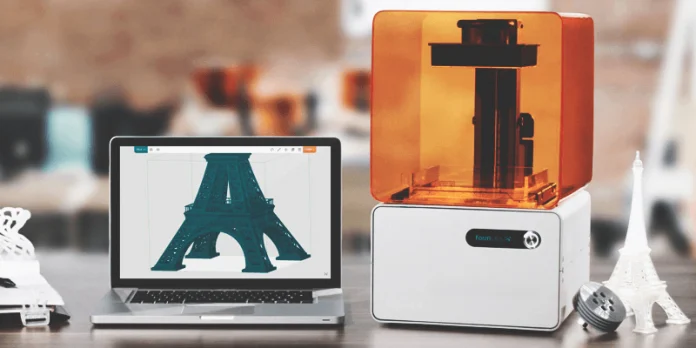3D printing has been around for several years now, but there’s still plenty of confusion about how it works, what kinds of things you can print, and why you would want to in the first place. If you’re wondering whether this emerging technology will change your world in the near future, here’s all you need to know about 3d printing to make an informed decision. It’s also good to know about 3d modeling when learning more about 3d printing . Take a look!
What is 3D printing?
3D printing is an additive manufacturing process that makes solid objects from a digital file. The digital file could be created in any 3D modeling software, such as Photoshop or Maya. Is 3d Printing the Future All you Need to know about build up these digital files layer by layer to create intricate shapes. There are three basic methods for how these layers are built up and two types of materials that can be used for this process.
These methods are called Fused Deposition Modeling (FDM), Selective Laser Sintering (SLS), and Stereo Lithography (SLA). FDM uses heated plastic filament that cools and hardens once it has been extruded through a nozzle on the end of a 3D printer’s head.
SLS works with powdered materials, which must first be bound together with some sort of binder before being spread into thin layers on top of each other using laser beams. SLA creates object using liquid material – typically a UV-sensitive polymer – which hardens when exposed to ultraviolet light directed onto it by laser beams
How is 3D printing used today?
3D printers can be used for a variety of purposes, from creating personalized sandals to human organs. It’s even being used as an educational tool in schools. In many ways, 3D printing is already changing the world as we know it.3D Printing is Already Changing the World.
3D printers are used for a variety of purposes, from creating personalized sandals to human organs. It’s even being used as an educational tool in schools. In many ways, 3D printing is already changing the world as we know it. Today people can use a range of materials – including plastic, metal and glass – and print them into any shape they like.
What are the benefits of 3D printing?
3D printers can make anything from a toy that takes 15 minutes to print, all the way up to an airplane. The models are created on a computer, and then sent for production on a printer. With many models like these, it’s no surprise that this technology is one of the fastest growing in America. Read on for some interesting facts about 3D printing.
3D printers used to cost millions of dollars just 10 years ago, but now they’re available for as little as $600 or less. This means that anyone with an idea can get started without spending too much money upfront. And when you’re looking at how much material costs per item, 3D printed items usually cost less than traditional manufacturing methods.
What are the challenges of 3D printing?
3D printers have a few challenges that limit their use. The first is that they are still too expensive for most people. Depending on what you are trying to print, it can cost upwards of $5,000 just to buy a printer and materials. Secondly, not all objects can be printed because there is no way for the machine to hold them steady as they come out of the nozzle. Finally, some objects will come out distorted because they were too thin or intricate for the printer’s resolution.
For example, Is 3d Printing the Future would be hard to print a strand of hair because each layer needs to lay perfectly on top of the other in order for the object to turn out correctly. So far, scientists have been able to work around this problem by filling in gaps with liquid plastic. It may take years before these problems are solved and we start to see more widespread use of 3D printers.
What does the future hold for 3D printing?
3D printing is a revolutionary technology that changes the way we make and distribute goods. The technology has already been used in a variety of industries, from architecture to aerospace and more. Despite its potential, there are still some limitations with what can be achieved with this technology today. Here are a few things that we should consider when thinking about the future of 3D printing.
The cost of manufacturing objects through additive technologies like 3D printing will always vary depending on material choices and size. However, research shows that as the quality of these technologies increases so will the production costs. In general, large quantities would lower production costs while small quantities would have higher costs due to labor-intensive design processes and high equipment maintenance costs.
3D printers cannot currently print objects larger than 1 meter cubed due to thermal constraints in materials currently available on the market. Additive manufacturing (AM) machines work by melting materials like plastics or metals into three dimensional shapes based on a CAD file inputted for specific designs or instructions created by engineers.

